>755 reviews
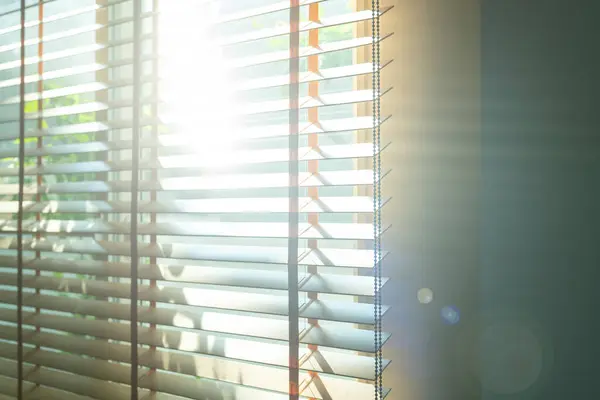
Passive solar heating is like that secret ingredient in a recipe—you know it works, but you have to make sure it’s the right one to make your home feel cozy without draining your energy bills. The key to effective passive solar heating lies in selecting the right windows. You might think all windows are the same, but trust me, they’re not. The right windows can make or break your ability to harness the power of the sun for energy efficiency. Let’s dive into the nitty-gritty of choosing the best windows for your passive solar setup and make your home an energy-efficient powerhouse.
Imagine the sun shining through your windows, warming up your house without you lifting a finger. That’s passive solar heating at work. The idea is to maximize the sun’s energy—capturing it through windows—while minimizing heat loss. Windows are the key medium that lets solar energy enter your home, and they act as the bridge between the outside world and your indoor climate.
In a passive solar system, windows are positioned to capture sunlight during the winter months when the sun is lower in the sky. The amount of sunlight that enters depends on the type of windows you use, the direction they face, and how much heat they allow to escape. It’s a delicate balance of letting in the warmth and keeping the cold out. So, your windows do much more than just let you see outside—they play a huge role in making your home energy-efficient and comfortable year-round. If your current setup isn’t performing optimally, it may be time to consult a complete window service to evaluate upgrade options.
Key Things to Consider:
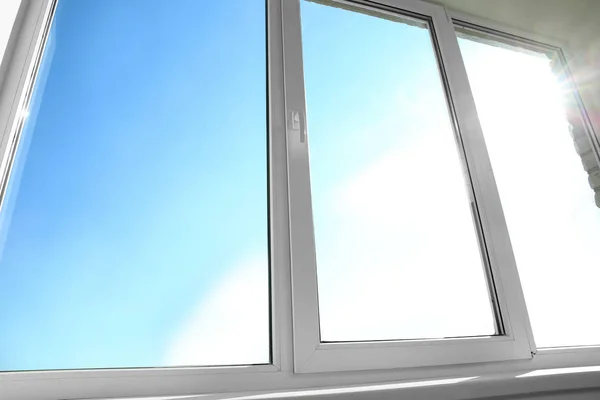
When it comes to selecting windows for passive solar heating, there are a few key factors that can make or break your energy efficiency. First, think about the Solar Heat Gain Coefficient (SHGC). This value tells you how much solar heat passes through the window—essentially, how much sunlight is being allowed to warm up your home. A higher SHGC means more heat coming in, which can be a blessing during the winter, but a curse in the summer when you don’t want excessive heat flooding your living room. On the flip side, a low SHGC will help block unwanted heat in warmer months, but it might also prevent you from capturing valuable warmth in winter.
Another factor to keep in mind is the U-factor, which measures the rate at which heat escapes through the window. This is critical for ensuring that your home stays warm during colder months. A window with a lower U-factor acts as a better insulator, keeping the warmth inside and the cold outside. Ideally, you want windows that have a low U-factor (good insulation) combined with a high SHGC (maximizing solar heat gain), but balancing both can be tricky. In some climates, you might prioritize one over the other based on the seasonal temperature extremes.
Okay, so now you’ve got the window glass figured out, but what about the frame? The frame is just as important, because a good one will ensure that your energy-efficient glass doesn’t end up leaking all the air around the edges.
Here’s the lowdown on materials. Wood frames are natural insulators and do a great job keeping your heat in, but they can warp over time if exposed to too much moisture. Vinyl frames, on the other hand, are low-maintenance and great for insulation, making them a popular choice. Then there’s fiberglass, which is incredibly strong, durable, and provides superior insulation, but it’s often a pricier option. Lastly, aluminum frames are lightweight but conduct heat, so they’re less ideal for energy efficiency unless they have a thermal break.
Ultimately, the best frame material balances performance with durability. You want a frame that supports your windows’ energy efficiency without requiring constant upkeep.
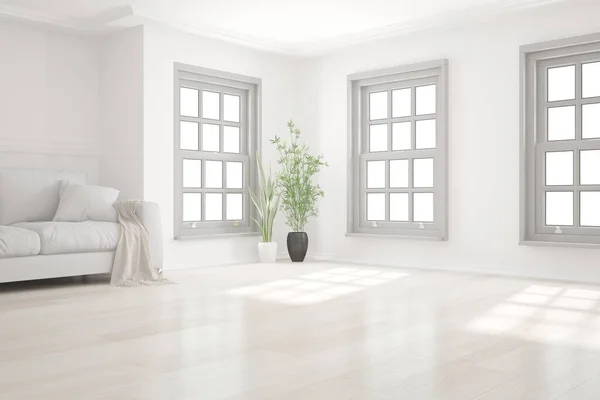
Not all glass is created equal, especially when it comes to optimizing solar heat gain. When choosing windows for passive solar heating, Low-E glass is a great place to start. Low-emissivity (Low-E) glass has a special coating that reflects heat back into your home during winter while still allowing visible light to pass through.
This coating works wonders in reducing heat loss without compromising the amount of natural light that enters. In warmer months, the same coating helps reflect excess solar heat away, keeping your home cooler without blocking sunlight entirely.
Another option to consider is solar control glass, which is specifically designed to block out the sun’s heat in hot climates. If you’re dealing with older windows that fog or trap moisture between panes, it might be time to repair foggy windows near me to restore clarity and performance before committing to full replacements.
Now for the ultimate showdown: double glazing vs. triple glazing. This is where things get interesting. Double glazing is the industry standard and offers a significant improvement over single-pane windows. But, triple glazing takes things up a notch by adding an extra layer of glass and insulation.
Triple-glazed windows can reduce heat loss even further, making them ideal for colder climates. However, they come at a higher cost. If you live in a region with mild winters, double glazing might be sufficient. In areas that experience harsh winters or extreme temperatures, triple glazing might be worth the investment, especially for maximizing passive solar heating.
Pros and Cons:
Low-E coatings are a game-changer when it comes to maximizing passive solar heating. These special coatings are applied to the glass to reflect infrared light, which is the type of light responsible for carrying heat. This means that, in winter, Low-E coatings reflect the warmth from sunlight back into your home, keeping the interior comfortable without letting the heat escape. But the magic doesn’t stop there—during the summer, Low-E coatings can also block heat from entering the home while still allowing plenty of light to shine through.
The beauty of Low-E coatings lies in their versatility. They offer a solution for both cold and warm climates. In cold environments, they help retain solar heat inside, reducing the need for artificial heating. In warmer climates, they help keep your home cooler by preventing excessive solar heat from entering. Whether it’s the winter chill or summer heat, Low-E coatings work hard to regulate indoor temperatures year-round, making them an essential feature in windows designed for passive solar heating.
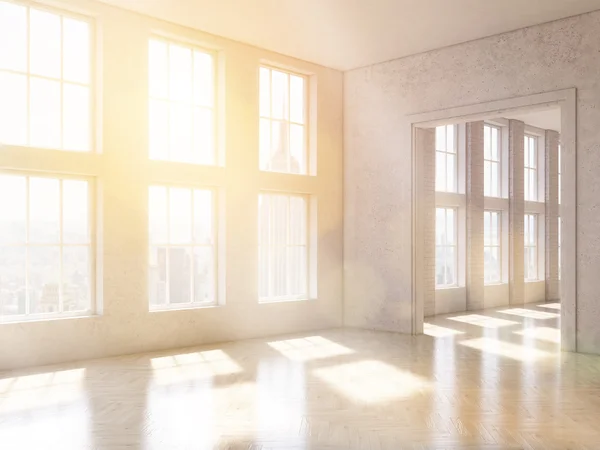
Airtightness is the unsung hero of passive solar windows. If your window seals aren’t tight, you’re basically letting all the warm air escape, which defeats the purpose of having energy-efficient windows in the first place. A good seal ensures that the heat you capture from the sun stays inside your home.
You should look for windows with high-quality weatherstripping and airtight seals. Over time, seals can deteriorate, so it’s important to maintain your windows and replace seals as necessary. Even the best glass won’t perform well if air can leak through the edges.
Airtightness Tips:
If you want to take your passive solar setup to the next level, window tinting and shades can be valuable tools for managing solar heat. Window tinting is typically used to reduce glare and block out excessive sunlight, which is especially helpful during the summer months. A tinted window allows light to pass through while blocking some of the heat, keeping your home cooler without sacrificing too much natural light. However, it’s important to balance the level of tinting—too much can leave your house feeling dark and gloomy.
For added control over the amount of solar heat entering your home, shades or blinds can be installed. These give you flexibility, allowing you to adjust the amount of sunlight and heat entering the room. Reflective shades, in particular, are effective at reflecting heat away from your home, which is ideal during the hotter months. You can also use shades to help trap solar heat in the winter by keeping them open during the day and closing them at night to retain the warmth that enters through the windows. This simple step can significantly enhance the efficiency of your passive solar heating system.
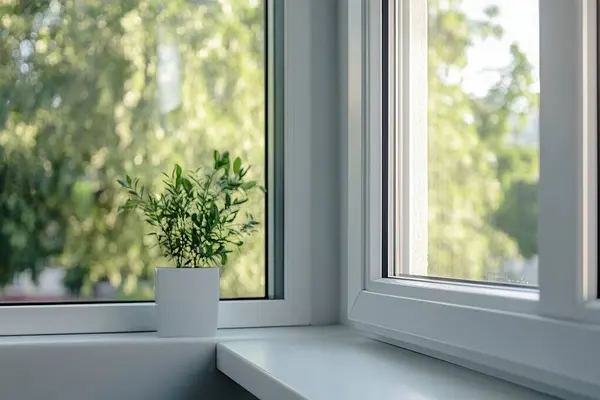
Choosing windows for both winter and summer requires some finesse. In winter, you want windows that maximize solar gain while minimizing heat loss. This means opting for windows with a higher SHGC and low U-factors. Double or triple glazing will help retain heat and prevent cold drafts.
In the summer, however, you want windows that can prevent excess heat from entering your home. This means choosing windows with lower SHGC values or considering tinting and shades to block solar heat while still allowing natural light to come in.
Seasonal Window Tips:
Even with the best of intentions, it’s easy to make some rookie mistakes when selecting windows for passive solar heating. One common error is not considering window placement. Many people assume that any window can work, but the angle at which the window faces can significantly affect solar gain. Windows facing south (in the Northern Hemisphere) capture the most sun, while those facing north receive less direct sunlight. Installing windows on the wrong side of the house or without considering the angle of the sun can result in lost heat in the winter or excessive heat in the summer.
Another mistake is focusing too much on the aesthetic appeal of the windows rather than their performance. While the look of the windows is important, their primary function is to manage heat efficiently. Gorgeous, single-pane windows may look great but are far less effective than double or triple-glazed windows. In fact, they could be letting heat escape faster than you can say “energy bill!” Always prioritize energy performance features like Low-E coatings, double glazing, and well-insulated frames over purely decorative qualities.
To choose the best windows for passive solar heating, it’s essential to match performance features with your local climate. In colder areas, look for windows with a low U-factor to keep heat in, while in warmer climates, focus on windows with a low SHGC to block excess heat. Consider the orientation of your home as well—south-facing windows capture more sunlight in the winter, which is crucial for maximizing solar gain.
Also, pay attention to key features like double or triple glazing for insulation and heat retention, and Low-E coatings to manage solar heat gain throughout the year. Opt for frame materials like vinyl or fiberglass, which offer superior insulation compared to wood. Lastly, ensure your windows are well-sealed with airtight seals and weatherproofing to prevent drafts and keep heat inside. Consulting a professional can help you choose the best combination of materials for optimal performance.
Contact us now for a free estimate and take the first step toward repairing your windows!
You May Also Be Interested In:
Please leave your contact details.
The manager will contact you shortly.